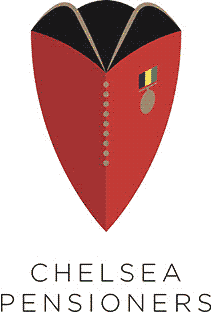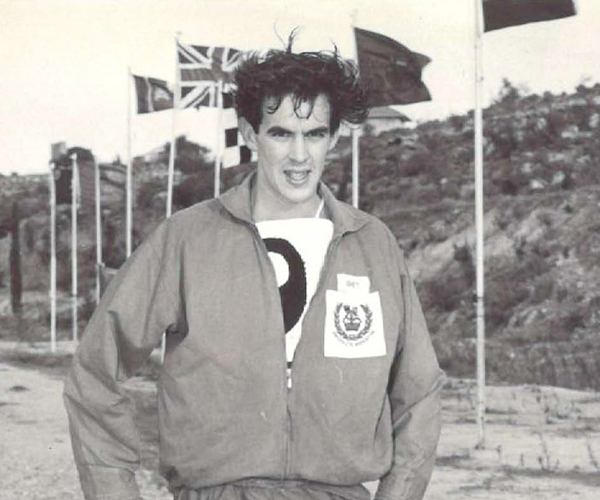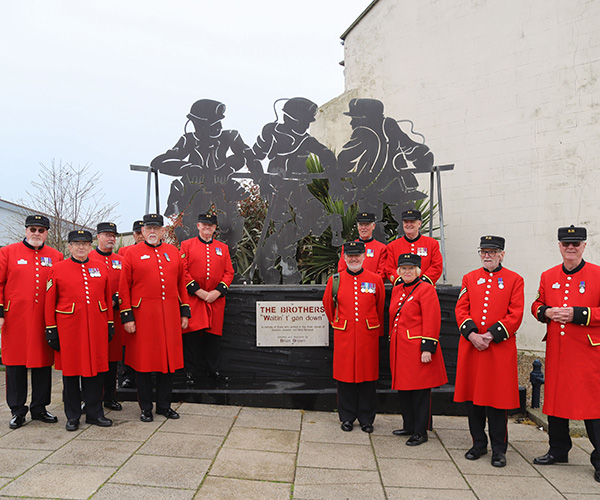Today, the Royal Hospital Chelsea’s South Grounds are famous for hosting the annual RHS Chelsea Flower Show. However, the tradition of using our grounds for exhibitions began at the end of the 19th century. A far cry from blossoming trees and stunning show gardens, the Royal Military and Naval Exhibitions of 1890 and 1891 saw the grounds showcasing everything from exploding torpedoes to stuffed polar bears!
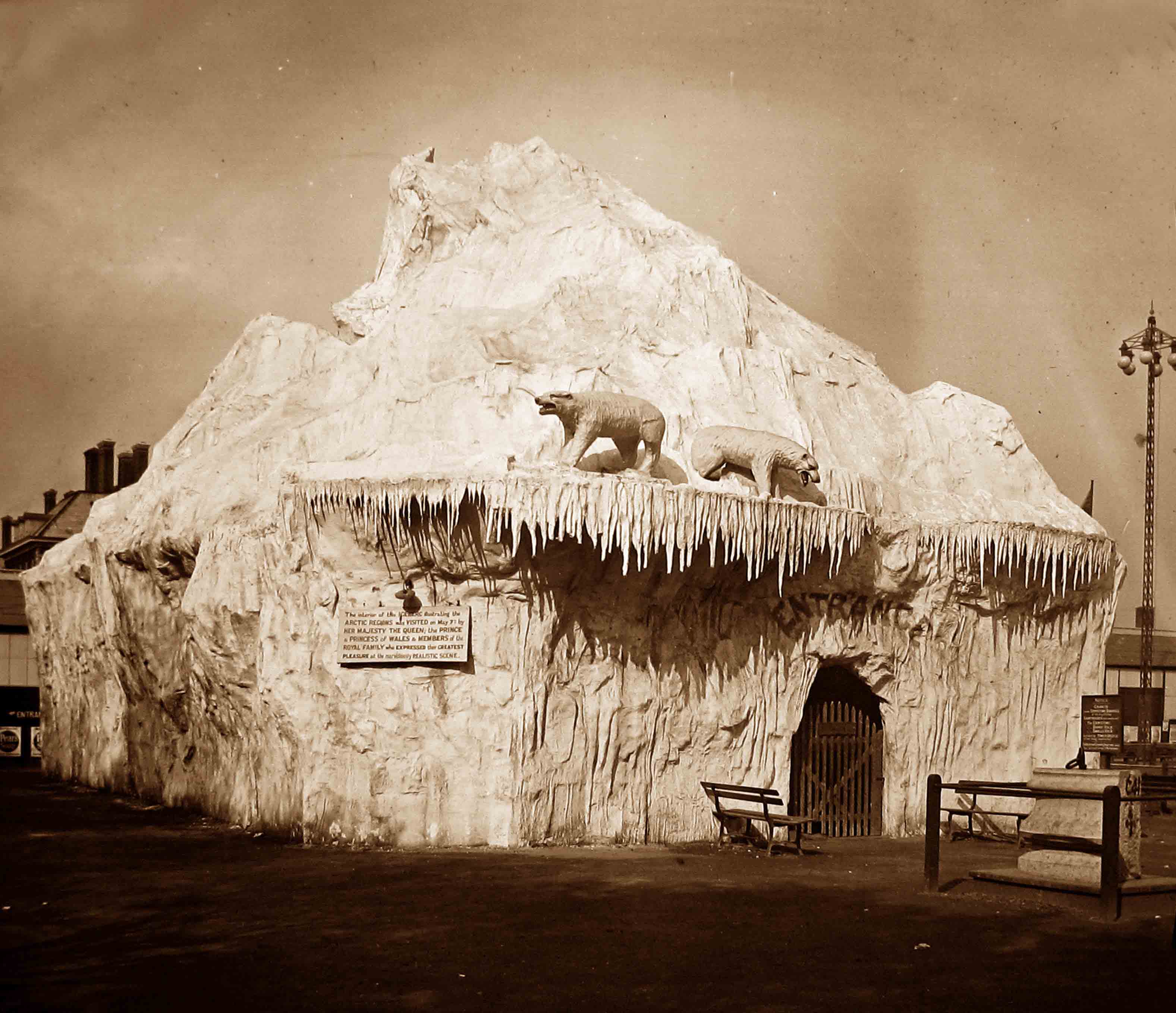
An artificial iceberg display complete with two imitation polar bears
Exhibition culture in Victorian England
Encouraged by the development of new technologies and changes in transportation, education, and popular leisure pursuits, there was a proliferation of exhibitions and shows during the 19th century. Epitomised by the Great Exhibition of 1851, the Royal Military and Naval Exhibitions held at the Royal Hospital Chelsea followed this trend.
The Royal Military Exhibition
In 1890 the Royal Military Exhibition showcased the British Army’s capabilities and displayed to the public their extensive weaponry and variety of uniforms. Exhibits of historical objects included a helmet worn by Lord Protector Oliver Cromwell (1599-1658) and the cloak and sword used by Arthur Wellesley, 1st Duke of Wellington (1769-1852) at the Battle of Waterloo.
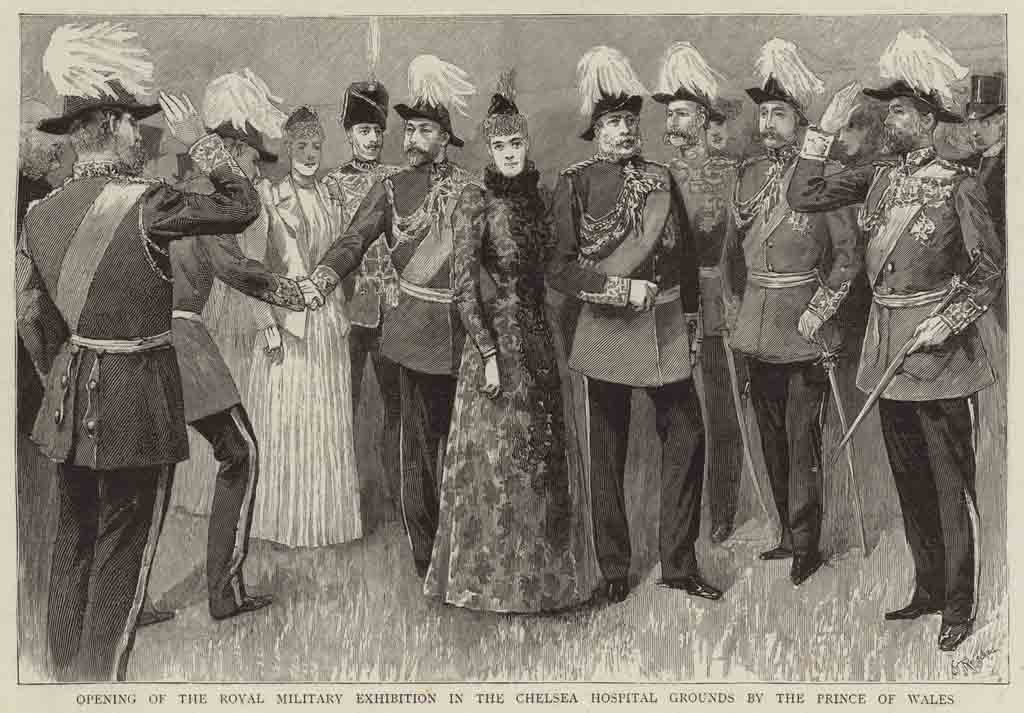
The Exhibition also aimed to demonstrate the expertise and pageantry of the British Empire through a programme of drill parades, tug-of-war and war balloon demonstrations. It was hoped that these spectacles would stimulate public interest and attract large audiences. The Exhibition ran for five months, culminating in an impressive firework display.
Military music
An ambitious programme of musical arrangements was devised for the Exhibition by the Royal Military School of Music at Kneller Hall in Twickenham, featuring performances from 74 military bands from across the United Kingdom.
In further recognition of the importance of music in the British Army, a collection of 500 musical instruments was assembled and displayed. Visiting woodwind enthusiasts were rewarded with 82 different flutes on display, accompanied by a detailed catalogue of instrument descriptions and illustrations.
The Royal Naval Exhibition
The following year it was the Navy’s turn. 1891 saw the Royal Naval Exhibition go one step further by flooding part of the South Grounds to demonstrate torpedoes and creating themed tents to showcase particular expeditions. It also featured a full-size replica of the hull of Admiral Lord Nelson’s flagship HMS Victory, and a large-scale panorama of the Battle of Trafalgar.
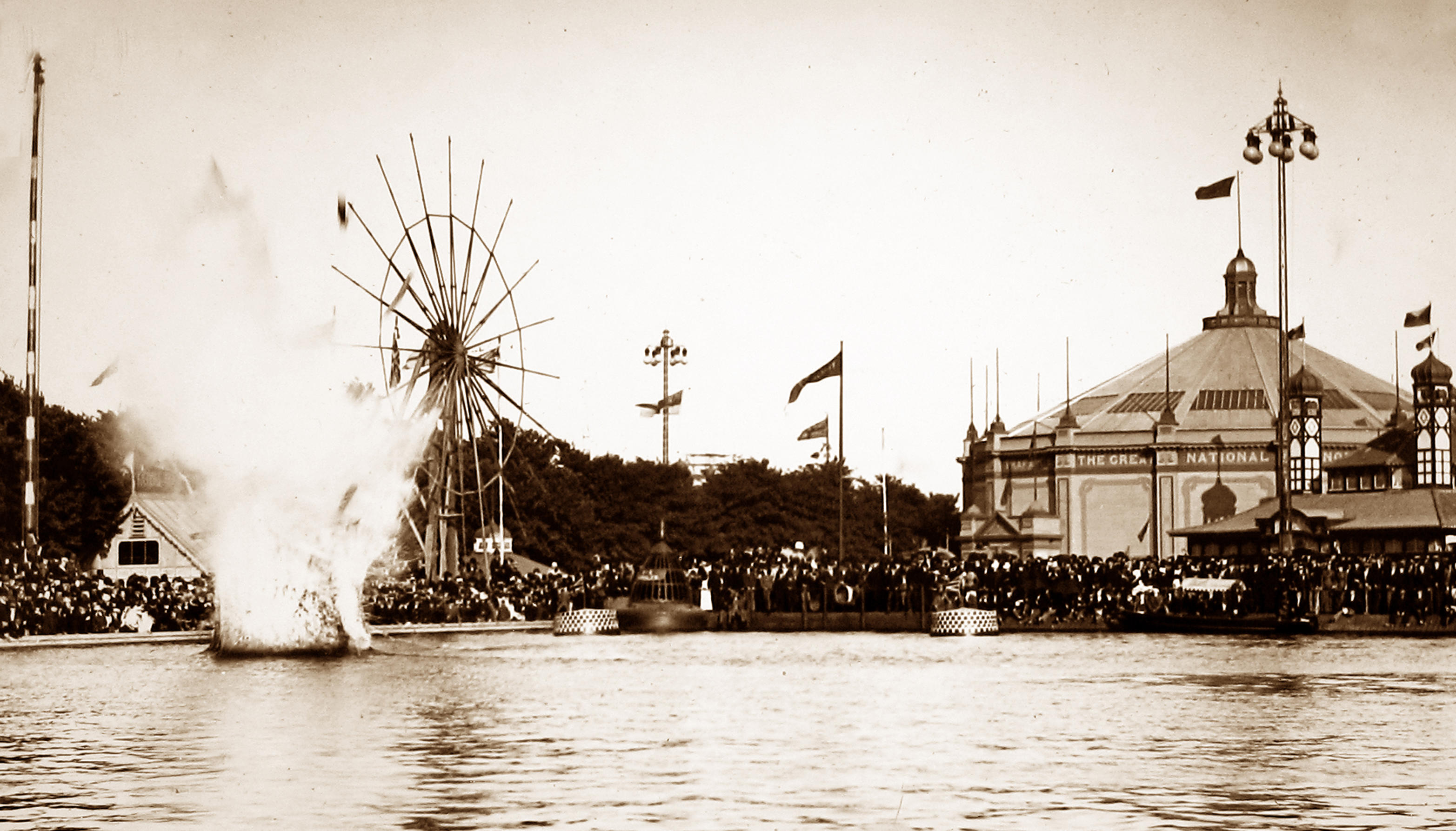
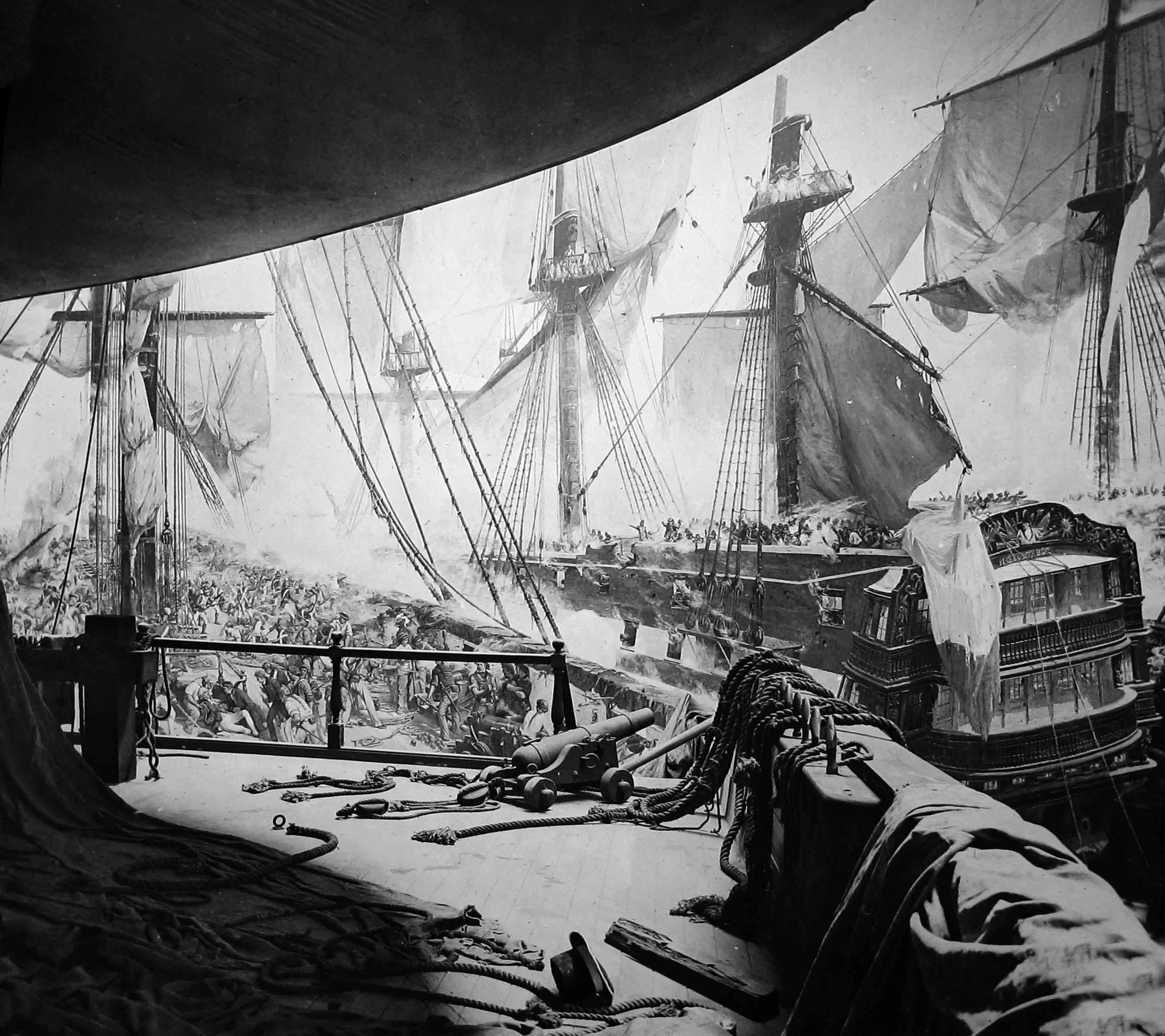
There was an entire gallery dedicated to displaying relics from Sir John Franklin’s ill-fated expedition, and other Arctic explorations. Departing from England in 1845, Franklin had set out with 128 men in an attempt to locate the North-West Passage before disappearing just over 2 months after setting sail. A snuff box and candlestick formerly owned by Franklin were among the objects on display alongside portraits of famous explorers.
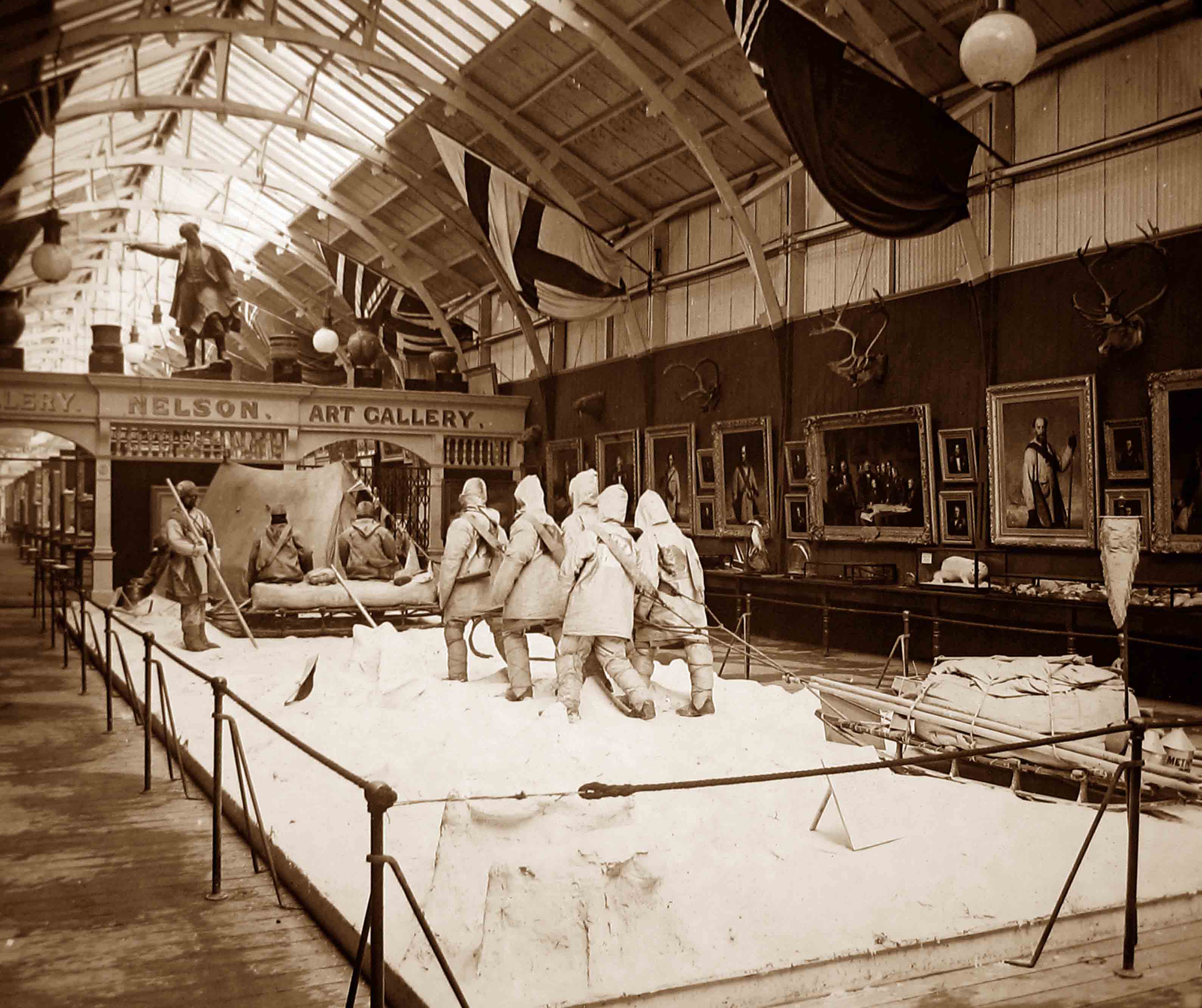
Naval supremecy
The Royal Navy’s victories at the Battle of Trafalgar in 1805 and in the Napoleonic Wars (1803-1815) ensured British naval supremacy for much of the 19th century. During this period of relative peace in Europe, known as the Pax Britannia, the Royal Navy was unchallenged and controlled key maritime trade routes which protected British commerce and furthered the nations’ imperial interests.
By the 1880s, Britain was facing challenges to its hegemony from France and Russia and, as a result, society experienced an increase in Navalist sentiment. Coinciding with this revival in public interest, the Exhibition was an important contribution to propaganda efforts seeking to assert the superiority of the Royal Navy.
An inscription on the entrance to the exhibition reads:
It is on the Navy under the Good Providence of God, that our Wealth, Prosperity, and Peace Depend.
The Official Catelogue and Guide to the exhibition ellaborates:
These words have been inscribed above the Main Entrance to the Exhibition Buildings... it would be difficult to frame anything more appropriate to the Exhibition itself, or more in accordance with the glorious traditions and history of that great Service which has called the Exhibition into existence
A roaring success
Over 2 million people came from across the country to see galleries featuring historical maritime art and artefacts, as well as displays of modern weaponry and engineering. Visitors to the Exhibition included members of the Royal Family and even the German Emperor, Kaiser Wilhelm II. A hugely successful event, it was considered to be a national celebration and demonstration of the Royal Navy’s achievements.
The Offical Catelogue and Guide offers high praise:
Never before has such a collection of mute but glorious witnesses to England’s Naval Supremacy been gathered together, and in gazing at them it will be well to bear in mind the words of Sir Walter Raleigh: “England is a land which can never be conquered wilst the kings thereof keep the dominion of the sea.
Photos courtesy of Bridgeman Images and Alamy photos.
